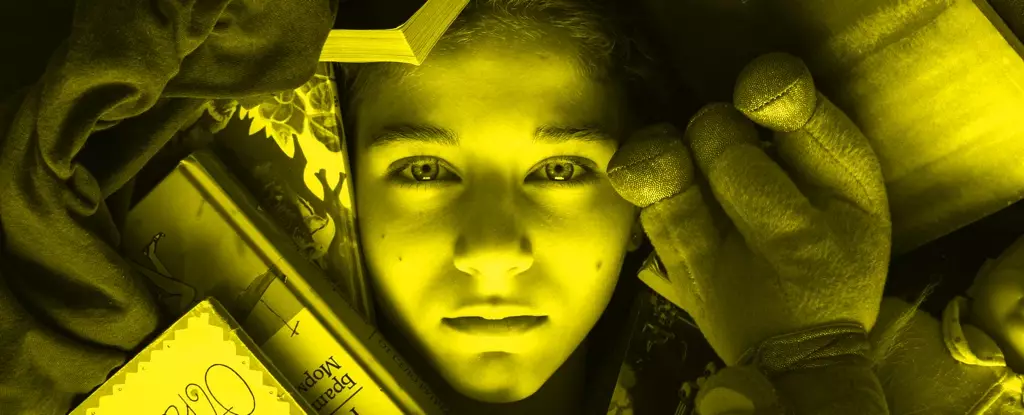As we age, the possessions we accumulate begin to tell a story; each item holds a memory or a sentiment tied to significant moments in our lives. Recently, while helping my mother sift through boxes from my late grandparents, we uncovered a peculiar box humorously labeled “toothpick holders and other treasures.” Inside, we found an eclectic collection of keepsakes and one particularly poignant artifact: a solitary puzzle piece. This seemingly insignificant object, however, encapsulated a unique familial memory – my grandmother’s habit of concealing the last piece of a jigsaw puzzle, only to reveal it triumphantly at the end.
This experience sparked a profound reflection on the nature of attachments to objects. After several hours of reminiscing, we discarded about 90% of what we had sifted through, prompting the common question: “Why did I keep this?” This inquiry is not just common among families sorting through heirlooms but is frequently voiced by my patients as well. Being a licensed clinical psychologist dedicated to researching hoarding disorder, particularly among older adults, this question resonates deeply within my professional realm.
Defining Hoarding Disorder
Hoarding disorder is a complex psychiatric condition defined by difficulty in discarding possessions and an overwhelming urge to save items deemed valuable. This escalates to such an extent that living spaces become cluttered, impeding daily functioning and even posing safety risks, such as fire hazards. While only a subset of individuals may meet the clinical criteria for hoarding disorder, many older adults experience clutter issues related to sentimental value or a desire to hold onto objects that they could potentially need in the future.
Over time, the propensity to hoard can increase significantly, especially when combined with age-related cognitive changes. These shifts can often lead to a decline in executive functions, causing difficulties in decision-making that impacts choices around one’s belongings. Traditionally, the narrative around this disorder has centered on the distress generated during the decision-making process. However, empirical research suggests that for many older adults, this narrative is increasingly complex.
During my graduate studies, I conducted a significant research project examining decision-making in adults with hoarding disorder. Participants were asked to sort through items from their homes, deciding what to keep and what to discard. Surprisingly, older adults reported lower distress levels when faced with these decisions. The findings challenged prevailing beliefs: many participants not only felt less stressed but expressed positive emotions while sorting.
This revelation suggests that feelings of distress may not be a universal driving force behind the urge to hold onto items, especially among older adults. By comparing the personality profiles of participants with hoarding disorder to those of a generalized age and gender population, we discovered that individuals struggling with clutter often exhibited heightened levels of altruism. Many maintained their possessions out of a sense of responsibility – felt towards the item or the environment.
In recent research set to publish in early 2024, my team explored a values-based approach to decluttering, yielding promising results. By persuading participants to identify their personal values, we helped them navigate the often-challenging terrain of discarding household items. This method, which incorporates motivational interviewing techniques, emphasizes the importance of long-term goals and the deeper meanings behind our belongings.
Too often, people feel pressured to keep items simply because those items “spark joy” in the moment, overshadowing the broader context of their lives. Our personal values, which serve as the guiding principles for our choices, play a significant role in this process. The act of decluttering becomes more intuitive when one recognizes that the items they keep should consistently reflect their values. For instance, a dress worn at a cherished family gathering may evoke nostalgia, yet if it no longer serves a practical purpose, parting with it can be aligned with a value of utility.
For those seeking to declutter their lives while maintaining a respect for the memories tied to their belongings, I offer some practical steps that transcend age. Begin by articulating your core values. Understand that every item in your home should resonate with these fundamental beliefs. This can take the form of reflection: are you retaining a cookbook from a church event because of its sentimental nature, or do you have greater need for a health-focused recipe book?
As you evaluate your possessions, reflect on how keeping or discarding each item aligns with your goals. What purpose does it serve in your current life? Are you attempting to create a workspace for improved productivity, or perhaps space for family gatherings?
Moreover, value conflicts are natural. When moments arise where your values seem to clash, introspection may reveal that keeping or discarding an object leads you closer to your ultimate goals. Finally, practice empathy if you’re assisting a loved one in decluttering. What you perceive as clutter might be seen by them as a collection of valuable memories – or “treasures.”
Rather than simply discarding items from our lives, seeking deeper connections between our values and our belongings can lead to meaningful and mindful decluttering, promoting a sense of fulfillment and clarity. For those needing support, resources from organizations like the International OCD Foundation can provide additional information on hoarding disorder.



Leave a Reply